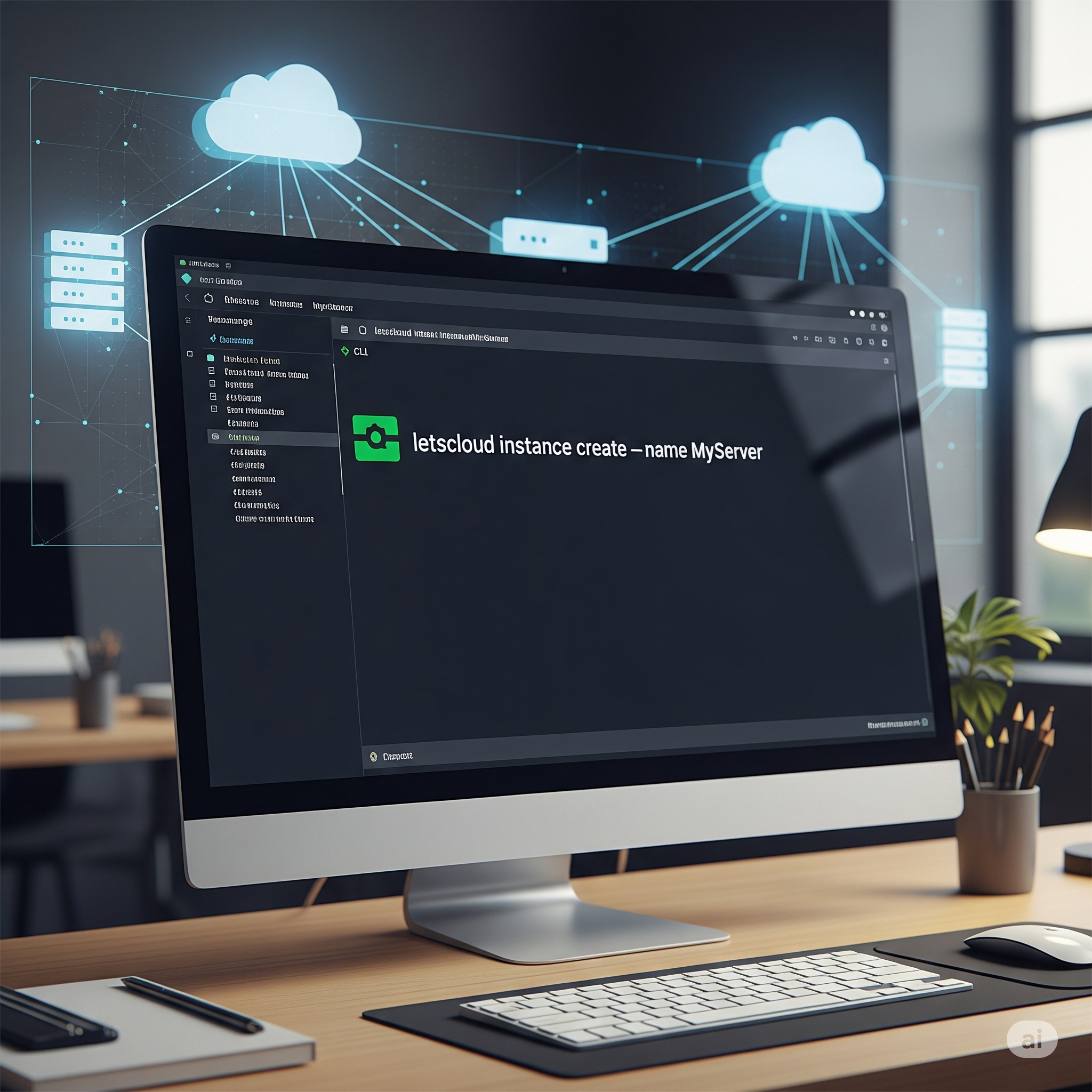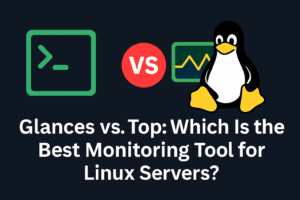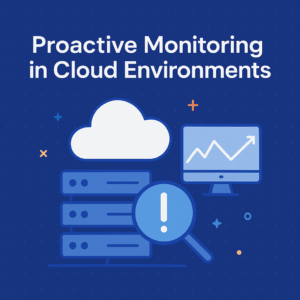Cloud computing has revolutionized the way we develop and deploy applications, offering scalability, flexibility, and a global reach. LetsCloud, with its commitment to high-performance servers and a streamlined experience, has become a notable player in this landscape. To further optimize the management of your infrastructure, the LetsCloud community has developed the LetsCloud CLI, a command-line tool that promises to accelerate and automate your daily tasks.
In this article, we will explore the usage of the LetsCloud CLI, its advantages, and how it can simplify your day-to-day work as a developer or system administrator.
What is the LetsCloud CLI?
The LetsCloud CLI (Command Line Interface) is a tool that allows you to interact with your LetsCloud account and resources directly from your terminal. Instead of navigating through a graphical interface in a browser, you can use text commands to create, manage, and monitor your servers and other services.
This approach, while it may seem daunting to beginners, offers a level of control and efficiency that is difficult to achieve with visual interfaces, especially for repetitive tasks or large-scale operations.
Advantages and Facilities of the LetsCloud CLI
Adopting a command-line tool like the LetsCloud CLI brings a range of benefits that can transform your workflow:
- Automation: The primary advantage of using a CLI is the ability to automate tasks. With simple scripts, you can schedule the creation of new servers at specific times, perform automatic backups, or apply standardized configurations to multiple servers at once. This not only saves time but also reduces the chance of human errors.
- Speed and Efficiency: For users familiar with the commands, the command line is significantly faster than navigating through a graphical interface. Actions that would require multiple clicks and page loads can be executed with a single command.
- Integration with DevOps Tools: The LetsCloud CLI can be easily integrated with other popular DevOps tools such as Ansible, Terraform, and CI/CD (Continuous Integration/Continuous Deployment) scripts. This allows for the creation of an “Infrastructure as Code” (IaC) workflow, where your entire infrastructure is defined and managed through code, ensuring consistency and reproducibility.
- Granular Control: The command line offers more detailed control over your resources. You can access specific information, configure advanced parameters, and perform actions that are not always available in the graphical interface.
- Remote Accessibility: The CLI is ideal for remote management. You can connect to any server and manage your infrastructure on LetsCloud without the need for a graphical environment, which is especially useful in low-latency connections.
How to Start Using the LetsCloud CLI
Although the exact steps may vary slightly depending on your operating system, the general process for getting started with the LetsCloud CLI, based on the GitHub repository, would be as follows:
- Installation: The first step is to install the CLI on your machine. You can find the installation files and detailed instructions in the official project repository on GitHub. Access the link below to download the appropriate version for your system (Linux, macOS, or Windows):
- Configuration: After installation, you will need to configure the CLI with your LetsCloud credentials. This typically involves generating an API key in your LetsCloud account and entering that key into the CLI. This process creates a secure connection between your machine and your cloud infrastructure. A command like
letscloud configurewould likely initiate this process. - Exploring the Commands: With the CLI installed and configured, you can start exploring the available commands. Common commands in cloud CLIs include:
letscloud instance create: To create a new server instance.letscloud instance list: To list all your active instances.letscloud instance delete <INSTANCE_ID>: To remove an instance.letscloud ssh <INSTANCE_ID>: To connect to an instance via SSH.
letscloud --helporletscloud help.
Conclusion
The LetsCloud CLI is a powerful addition to the LetsCloud ecosystem, offering a fast, efficient, and automated way to manage your cloud infrastructure. By embracing the command line, you can optimize your workflows, integrate with other DevOps tools, and gain deeper control over your resources.
If you are a LetsCloud user looking to maximize your productivity, exploring the LetsCloud CLI is an essential step. Access the repository on GitHub, experiment with the commands, and discover how automation can take your projects to a new level of efficiency.





